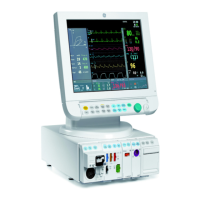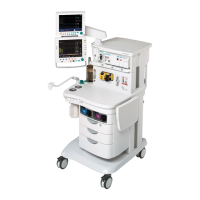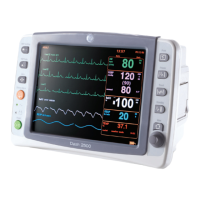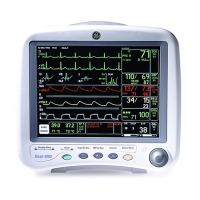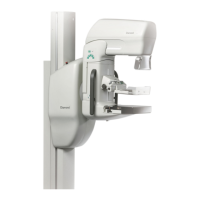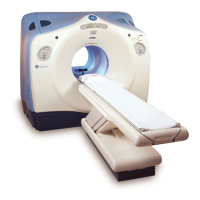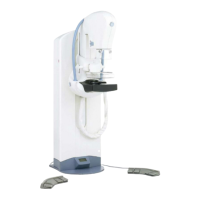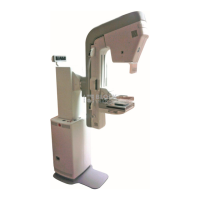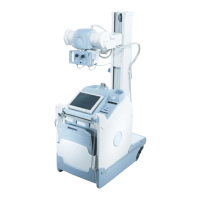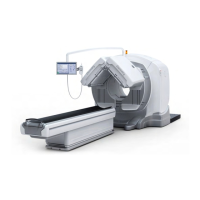Document no. M1144955-001
Balance between leds is adjusted by changing the intensity of red/infrared. Intensity of infrared (Ired int.) is in
the range of 40 to 255 and red intensity (red int.) is in the range of 40 to 255.
DC gain shows the gain of DC signal adjusted by the module.
IDC is the value of infrared signal.
RDC is the dc value of red signal.
AC gain is the gain of infrared and red ac signals. AC gain values can be 1 or 0. Value 1 means high ac gain
and 0 means low gain.
Pre gain is a preamplifier gain for infrared and red signals. Pre gain values can be 1 or 0. Value 1 means
normal operation. Value 0 means that signal levels are very low and extra gain is taken into use.
Temp error shows the status of the temperature test. No errors found show the status (OFF) and errors found
(ON).
Protect key shows normally OFF, but turns to ON when the button at the bottom of the module is pressed.
Protect mode is normally ON. It turns to OFF, when Protect is switched to OFF for the temperature calibration
in Calibration Menu.
Configuration shows the chosen module configuration: TP, ST, or STP.
Timeouts is a cumulative number that indicates how many times the module has not responded to the the
monitor’s inquiry.
Bad checksums is a cumulative number that indicates how many times communication from the module to
the monitor has broken down.
Bad c-s by mod is a cumulative number that indicates how many communication errors the module has
detected.
The monitor starts counting these items at power up and resets to zero at power off. The values may also be
reset when a module is attached to the monitor frame and be set to 32769 or continuous counting may be
started when the module is removed from the monitor frame.
The nonzero values do not indicate a failure, but the continuous counting (more than 5 per second) or value
32769 indicates either a serial communication failure or a module not in place. Also failures in other modules
may cause these numbers to rise or be set to 32769.
RAM indicates the state of the RAM memory.
ROM indicates whether the checksum at the EPROM is in accordance with the one the software has
calculated.
EEPROM indicates if the values stored in the permanent memory are valid.
The state is either OK, Fail or ? (module not in place or a communication error).
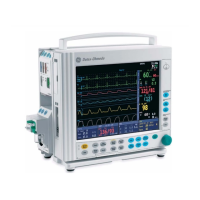
